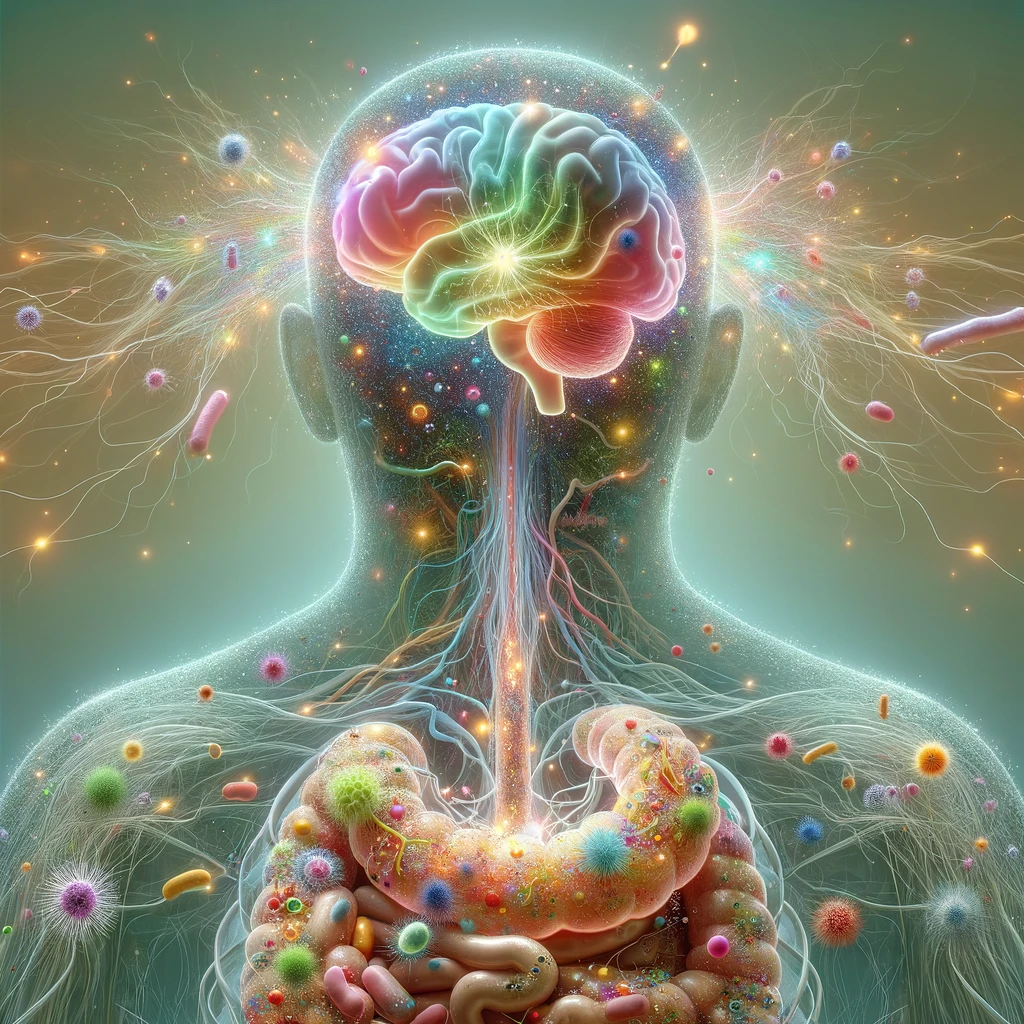The vagus nerve at the interface of the microbiota-gut-brain axis
The microbiota-gut-brain axis facilitates bidirectional communication between the gut microbiota and the brain, primarily mediated by the vagus nerve (VN), a crucial component of the parasympathetic nervous system. Comprising 80% afferent and 20% efferent fibers, the VN plays a pivotal role in interoceptive awareness, sensing microbiota metabolites and conveying this information to the central nervous system, where it is integrated into the central autonomic network to elicit appropriate responses. Furthermore, the VN is associated with a cholinergic anti-inflammatory pathway that mitigates peripheral inflammation and reduces intestinal permeability, potentially influencing microbiota composition. Stress, however, has been shown to inhibit VN function, adversely affecting the gastrointestinal tract and microbiota, thus contributing to the pathophysiology of gastrointestinal disorders such as irritable bowel syndrome (IBS) and inflammatory bowel disease (IBD), both characterized by dysbiosis. Notably, a low vagal tone has been observed in individuals with IBD and IBS, which may exacerbate peripheral inflammation. Given these insights, targeting the VN, particularly through vagus nerve stimulation known for its anti-inflammatory properties, presents a promising strategy for restoring homeostasis within the microbiota-gut-brain axis. [NPID: Vagus nerve, dysbiosis, microbiota, gut-brain-axis, metabolites, interoceptive awareness, inflammation, microbiota-gut-brain axis]
Year: 2018
 Navigation
Navigation






